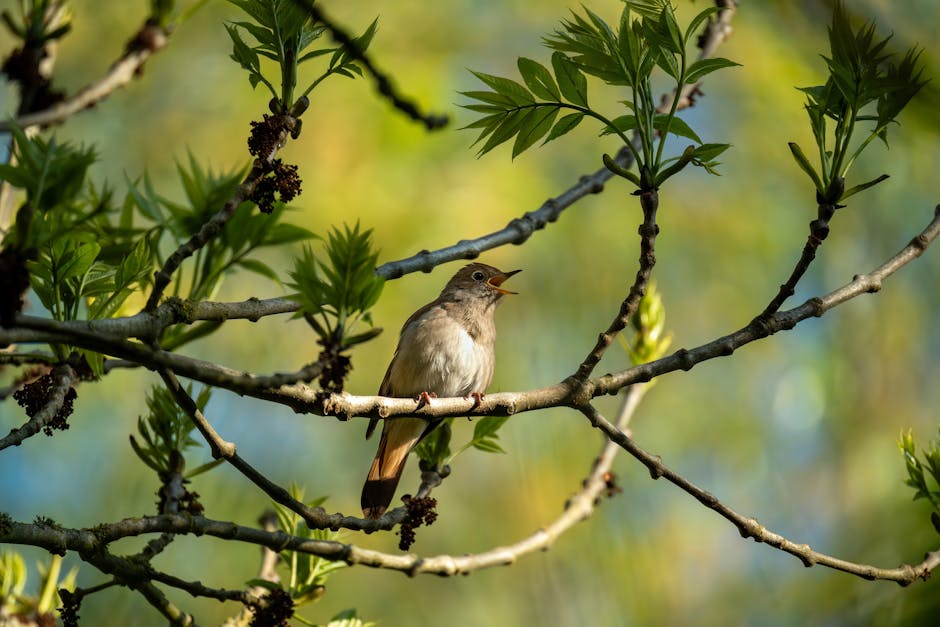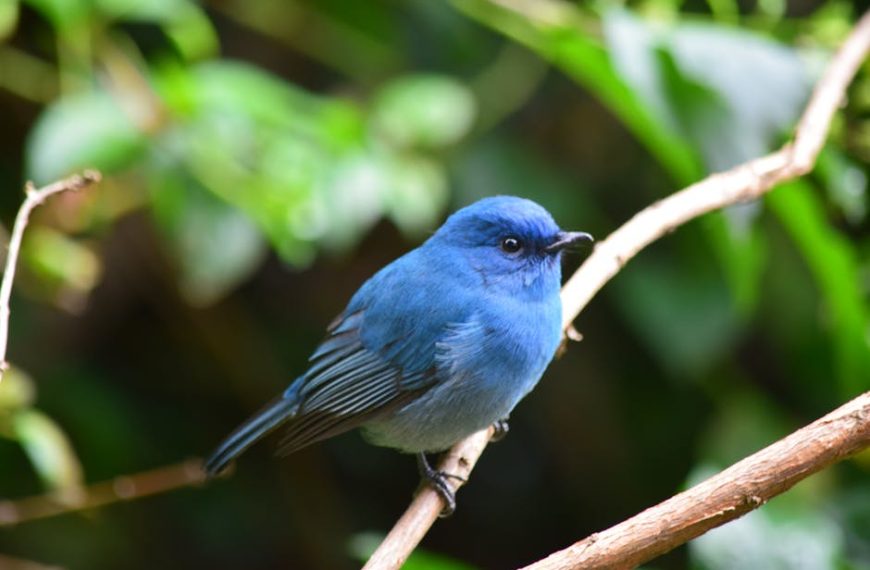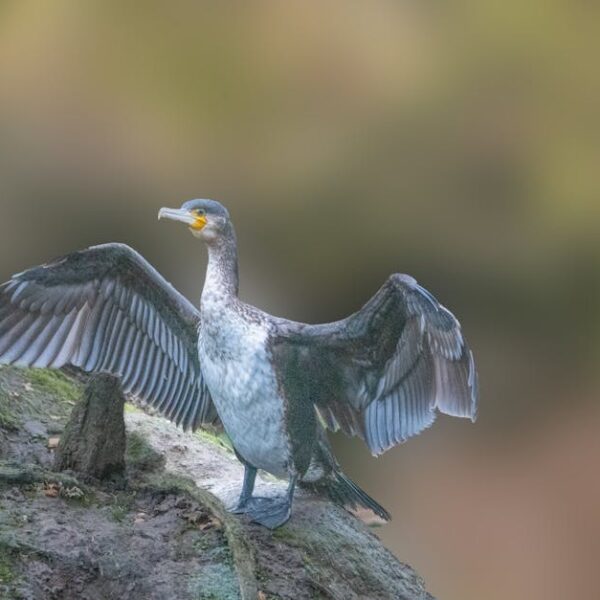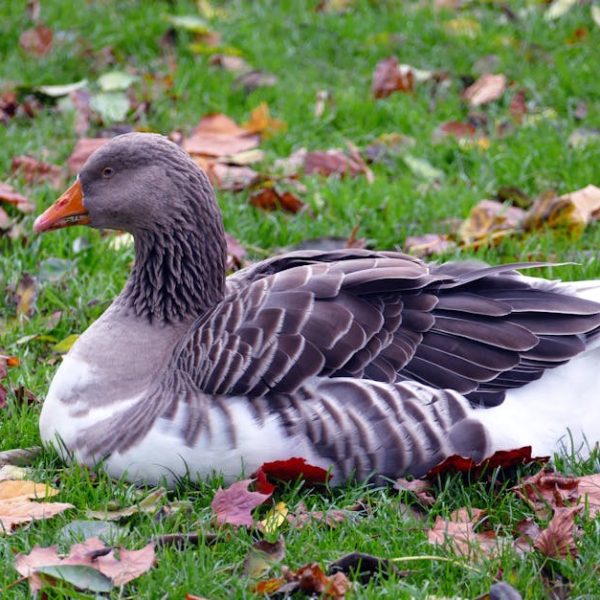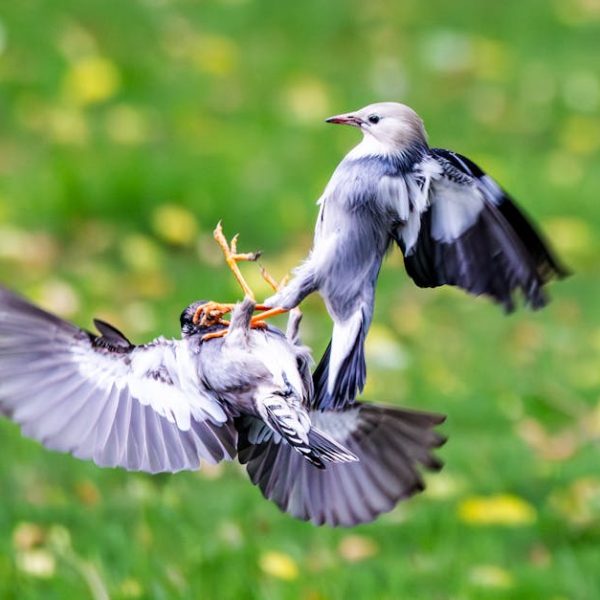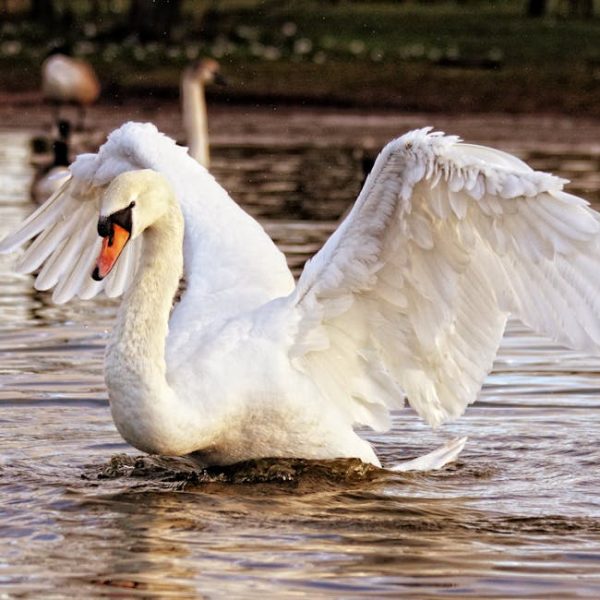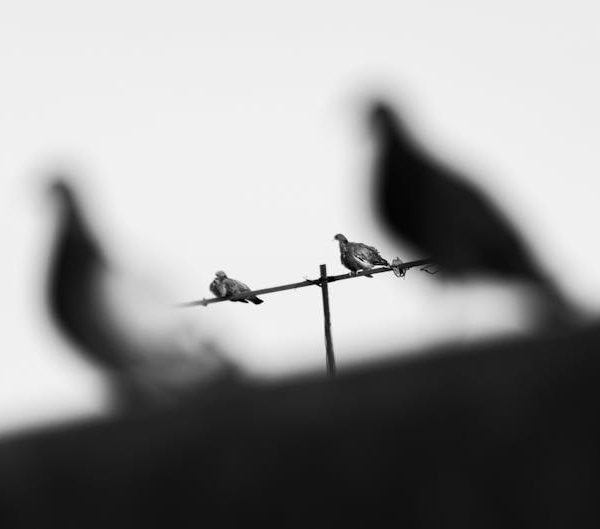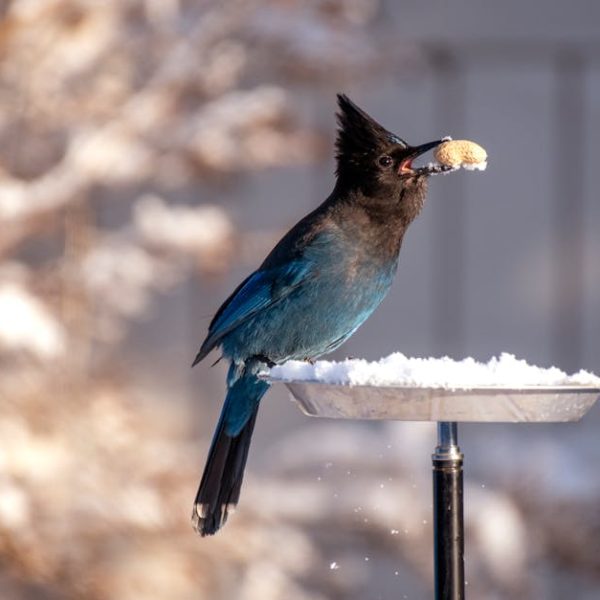Have you ever risen at the crack of dawn only to be greeted with a beautiful orchestra of birds belting out their melodies? From the sweet whistling of the song thrush to the tuneful whistles of the nightingale, each song is unique, filled with purpose and meaning. Oftentimes, these songs are more than just melodious notes to our ears. They convey messages, mark territories, attract mates, and, to put it broadly, are essential channels of communication between birds.
The Science of Bird Song
It all commences with a bird’s vocal organ, known as a syrinx. Intricate and one of a kind, this organ is located at the base of a bird’s trachea. Unlike humans, birds can control each side of their syrinx independently. This allows them to produce two different pitches at once, creating harmonically complex songs that resonate within their habitats. By manipulating the tension and position of the muscle groups surrounding the syrinx, birds can create their unique songs.
Pro Tip: If you’re keen on bird watching, the pre-dawn timeframe, often termed ‘dawn chorus’, will provide you with an immersive bird song experience. A bird’s song is at its loudest and most frequent during this period. Remember, patience and silence are vital when bird watching; you wouldn’t want to startle and displace these melodic wonders from their habitat.
The Purpose of Bird Songs
Bird songs serve multiple purposes, depending on the broadcaster and the intended recipient. These melodious tunes are not just for human enjoyment; they are a form of communication among the avian species. The most common reasons birds use their songs are for territorial defense and attracting mates. Many birds, predominantly males, use their songs to ward off rivals and lay claim to their homesteads, especially during breeding season.
Furthermore, bird song acts as an attractive dimorphism for many species, where males perform complex songs to allure potential mates. On the other hand, females may also use certain calls and songs, albeit less complex, to communicate with their partners or offspring.
Comparison: The song used to attract a mate is often melodious and longer, designed to exhibit the vocalist’s vitality and stamina. Contrastingly, the songs used for territorial defense are typically loud, sharp, and pervasive to deter competitors.
Species-Specific Songs and Dialects
An Opera singer wouldn’t perform a rock song, and similarly, a sparrow wouldn’t sing a thrush’s tune. Birds of the same species have distinct songs they sing, but even within the same species, these songs can vary based on factors like geography. Birds in different regions of the world sing in different dialects, subtly altering their songs based on their habitat conditions. To the trained ear, these regional song dialects can be fascinating to distinguish and study.
Pro Tip: If it is challenging to identify a bird species by its appearance, listen to its song. Often, you can distinguish what type of bird it is by the unique melody it performs. Whenever you spot a bird, become still, practice patience, and soak in the aria of the avian world. Creating a mental note, or even recording the melody can help you identify the species later. A bird’s song is like its vocal fingerprint, and it can provide a wealth of information about the bird’s life and habits.
How Birds Learn Their Songs
Just like children learn to speak, birds too need to learn their songs. This process often involves mimicry and a learning period where young birds learn their tunes from their adult tutors. The juvenile birds pick up calls and songs through a process named ‘vocal imitation,’ where they ‘practice’ their songs until they can replicate the adults’ melody excellently. A bird’s song library grows over time through learning and fine-tuning.
Best Practice: As a bird watcher, observing young birds during their learning stage can provide profound insights into bird species identification. Coupled with patience, leveraging this period can help you discern distinct song patterns and melodies, thereby making bird identification much simpler.
Impact of Human Noise on Bird Songs
Our bustling urban lifestyles do have a price, and unfortunately, the lovely melody creators, the birds, suffer from it. The noise pollution from our daily activities disrupts and influences the bird songs, often forcing them to alter their natural harmonies to be heard over the din. This adjustment often comes in the form of altering the usual pitch, frequency, or even the melody entirely.
Pro Tips:
- To help our feathery neighbors, keep noise to a minimum in your surroundings whenever possible.
- Encourage local councils and communities to undertake noise pollution control.
- Advocate for the creation of bird-friendly habitats within your neighbourhood that are away from disruptive human activities.
- Educate and create awareness about noise pollution and its effects on avian life.
In the grand scheme of things, understanding why birds sing and learning about their unique songs and the science behind them enables us to appreciate nature’s best symphony even more. It also highlights the importance of our role in preserving the sereneness of their habitats and standing up against pollutions that affect them. Let’s learn to coexist happily, after all, wouldn’t you miss those melodies if they disappeared one day?
Key Takeaway:
- Understanding bird songs involves discovering the science behind their production which involves a unique vocal organ called the syrinx, enabling complex pitch and tune control.
- Bird songs serve multiple purposes including territorial defense, attracting mates, and communicating with other birds.
- Species-specific dialects exist in bird songs based on geographical location, adding to the complexity of distinguishing bird songs.
- Birds learn their songs through a process that involves instruction from adult tutors, mimicry, and practice.
- Human noise pollution impacts bird songs negatively, leading to alterations in their pitch, frequency, and melody.
Human understanding of why and how birds sing not only deepens our appreciation for the natural world but also underscores the need for habitat preservation and noise pollution reduction. When faced with the mellifluous dawn chorus, remember what these songs represent and let it stir you to greater efforts in coexisting harmoniously with our feathered friends.
FAQs
Q: Is it possible for birds from different species to learn each other’s songs?
A: Generally, birds prefer to stick to their species-specific tunes since these songs play a key role in courtship and territory defense. However, there are some species that are known to mimic the calls of others, like the mockingbird.
Q: Do all bird species sing?
A: While most bird species use some form of vocalization, not all birds sing. Some birds may use other sounds, migration patterns or coloration to achieve the same goals that singing does for songbirds.
Q: Is there a specific period when birds sing the most?
A: Yes, the pre-dawn time, often called the ‘dawn chorus’ is when bird song is at its loudest and most frequent. It is an optimal time for bird watchers to experience bird songs.
Q: Can birds lose their ability to sing?
A: Similar to humans, birds can lose their ability to produce sounds due to aging or injury. However, with certain types of injuries or illnesses, it can be possible for them to recover their song-making abilities.
Q: Do female birds sing as much as males?
A: Generally, it is the male birds who do most of, if not all of, the singing. They do this mostly to attract mates and to defend their territories. That said, females of certain species also sing, although typically less often and less complexly.
By gaining a deeper understanding of bird songs, we develop a greater appreciation for the natural world around us. Feel free to share this article with other nature and bird enthusiasts, and take time to explore more posts on the website for fascinating insights!
